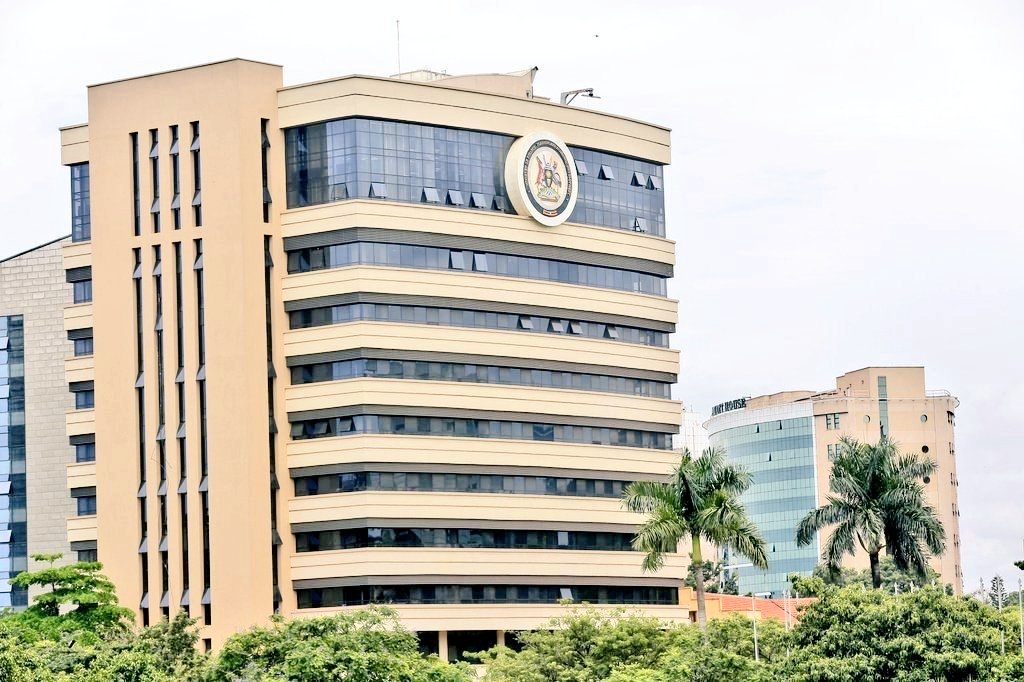By David Mwanje
Uganda’s economy showed resilience in October, according to the latest Performance of the Economy Report from the Ministry of Finance. The report points to easing inflation and rising business activity, even as higher import costs, a wider trade deficit and weak revenue collection weigh on the outlook toward 2026.
Headline inflation dropped to 3.4% in October from 4% in September, helped by lower core inflation and improved food supplies. Prices for items such as cassava, eggs and onions fell, while accommodation and transport costs slowed, pushing core inflation down to 3.4%. Energy, fuel and utilities inflation edged up to 0.1% but remained broadly stable. Inflation continues to align with the Bank of Uganda’s 5% target.
Economic activity indicators strengthened. The Composite Index of Economic Activity rose to 182.69 in September, showing firmer domestic demand. The Purchasing Managers’ Index stood at 53.4, signalling expansion in agriculture, manufacturing and services. The Business Tendency Index registered 57.8, reflecting improved sentiment across the private sector.
The shilling appreciated by 1.3% against the US dollar to an average of UGX 3,463.86, supported by remittances, coffee earnings and offshore inflows. The Central Bank Rate remained unchanged at 9.75% for the thirteenth month. Lending rates eased to 18.45% for shilling loans and 8.15% for foreign currency loans. Private sector credit grew by 1% to UGX 24.3 trillion, mainly in manufacturing and trade.
Government raised UGX 4.38 trillion through Treasury Bills and Bonds. Yields on short-term securities declined, while longer-term bond rates rose as investors preferred extended tenors.
The external sector remained under strain. Uganda’s trade deficit widened to USD 511 million in September, up 60.8%from last year. Imports increased by 43.6% to USD 1.46 billion, mainly petroleum products, machinery and industrial inputs. Exports grew by 35.8% to USD 947 million, driven by gold, coffee and base metals, but not enough to offset surging imports. Uganda posted surpluses with the Middle East and Europe but remained in deficit with Asia and EAC partners. The monthly deficit with the EAC narrowed due to better trade with Kenya, although the annual gap increased.
Fiscal pressures persisted. Government recorded a UGX 1.48 trillion deficit in October, larger than planned, due to revenue and grant shortfalls. Collections reached only 89.2% of the target, while expenditure exceeded projections, especially in local government grants. Capital development and asset acquisition lagged behind schedule. Between July and October, revenues remain UGX 454 billion below target.
Economist Sarah Nakato said the figures show stability but also expose structural weaknesses. She noted the need to reduce import dependence and improve domestic production to narrow the trade gap.
Across East Africa, inflation stayed contained, with Uganda and Tanzania recording currency gains. Analysts say regional integration and tight monetary policy will be important in the months ahead.






















